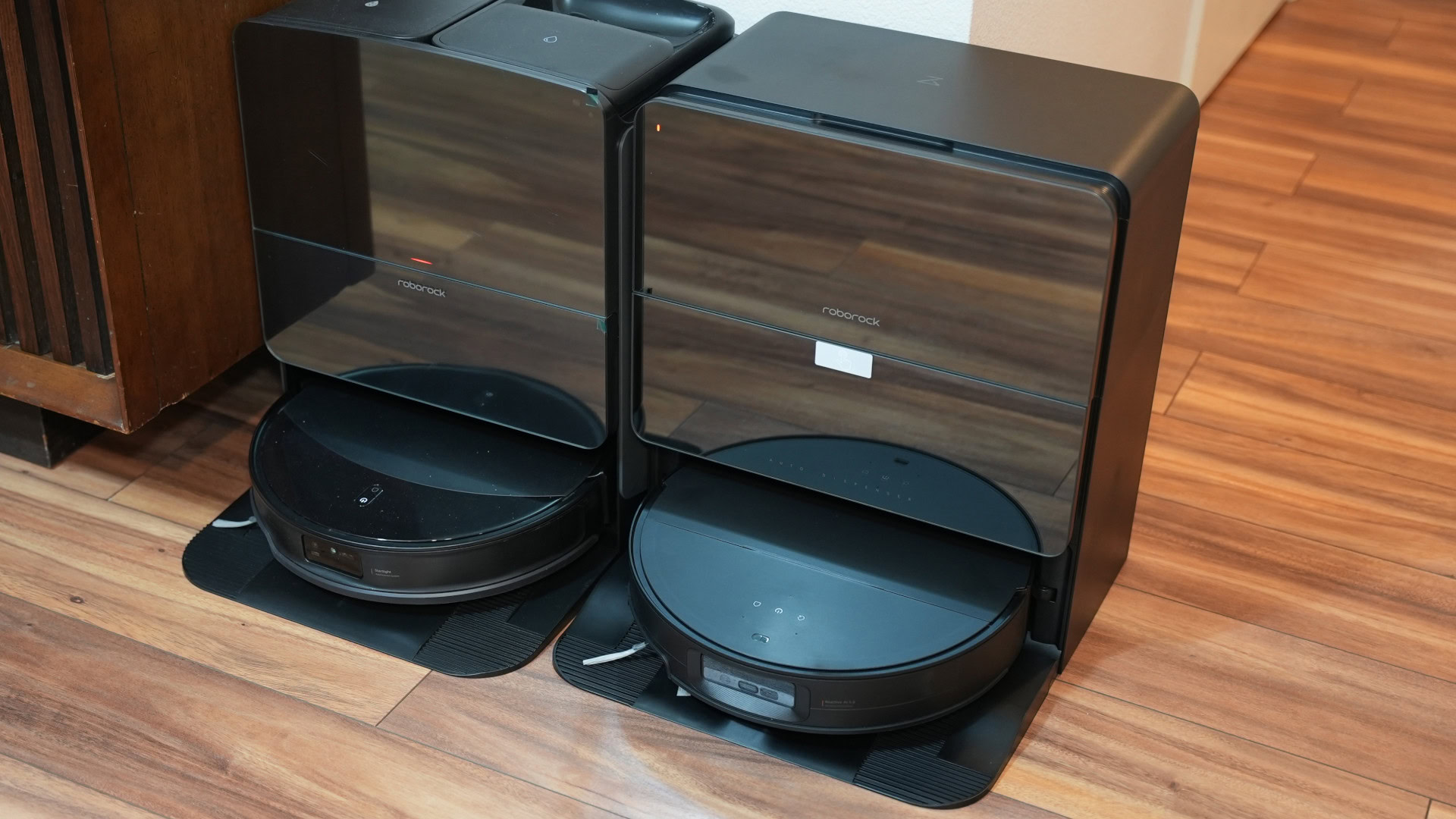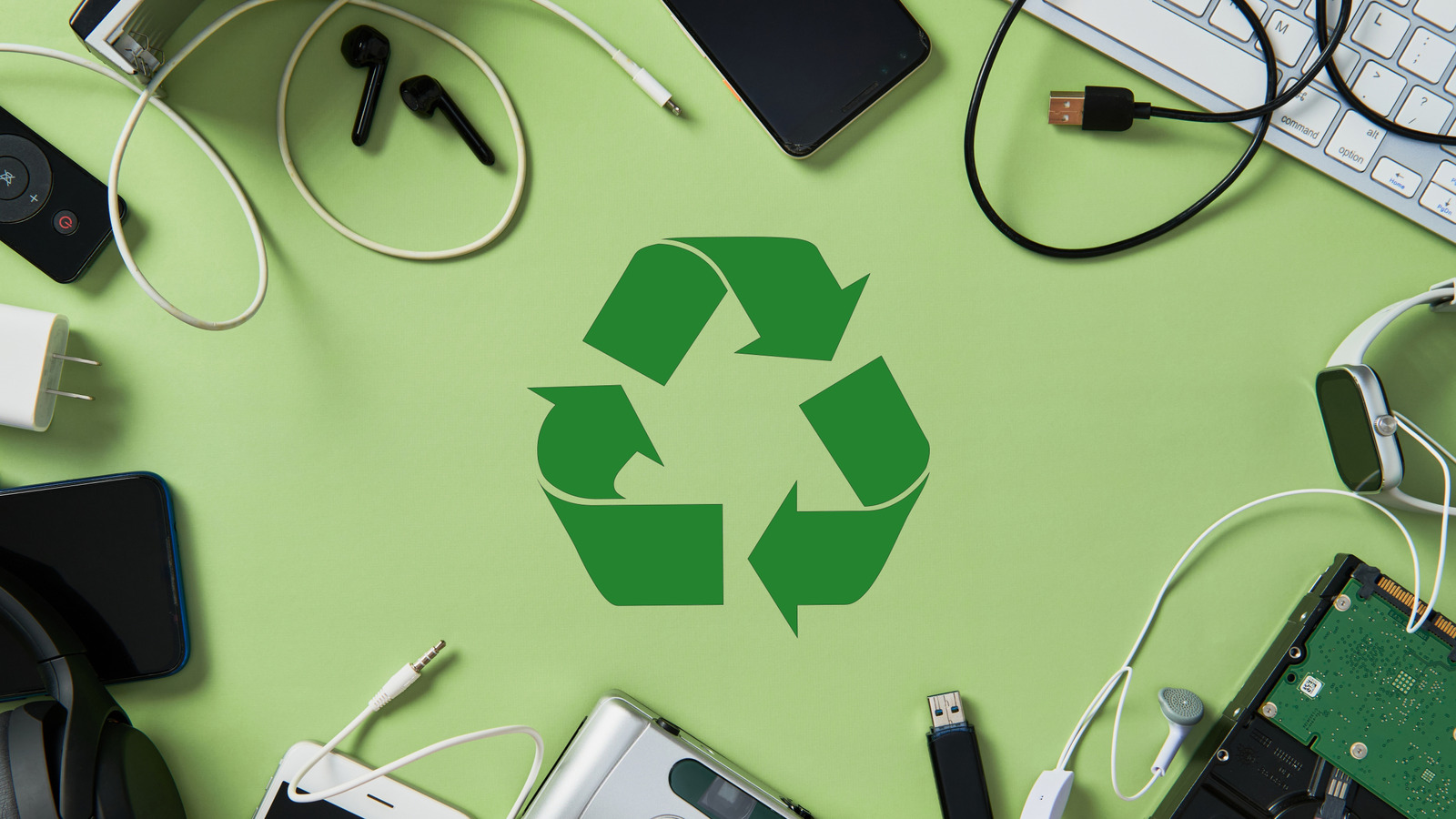Stephen Schenck / Android Authority
Inflation has become a fact of life these days. Smartphone prices have steadily risen over the past few years and the same is true for most other electronics, from headphones to consoles. Still, there are a few product categories like televisions that have managed to buck this trend. And over the past couple of weeks, I’ve found out that robot vacuums are another exception.
Sure, you could spend thousands on a cutting-edge robot vacuum that can physically lift socks and other debris, but most people don’t need that. Even as someone who lives on the bleeding edge of tech, I’m perfectly content with a vacuum that just keeps my floors clean. And the good news is that robot vacuums have become shockingly accessible. But shopping for one is confusing: you’ll find a myriad of brands, some of which you might’ve never seen before, and model names that don’t make much sense.
I found out about all of this the hard way after I moved into a new rental last month and started shopping for a new robot vacuum. It took hours to sift through the available options on Amazon ranging from budget to mid-range, so here’s everything I learned.
How much would you spend on a robot vacuum in 2025?
4 votes
Robot vacuums are a commodity, and that’s good news

Calvin Wankhede / Android Authority
The last time I shopped for a robot vacuum was in 2019, when only a handful of models existed from brands like Xiaomi and Roborock. American brands like iRobot have technically been around for longer, and Roomba is indeed a household name, but the company’s models lacked features like LIDAR mapping and mopping at the time. You needed two different robots to vacuum and mop your floors separately, while Roborock offered that functionality in a single model.
Fast forward to today, and it’s not surprising that Roborock’s vacuums occupy some of the top spots on Amazon. Scroll a bit, though, and you’ll discover a sea of different models from other brands like Dreame, MOVA, Narwal, and eufy. And unlike half a decade ago, all of these robot vacuums from different manufacturers have competitive specs. The only problem? They don’t really communicate what separates a $200 model from a $600 one or even beyond.
For instance, I wanted a vacuum with advanced mopping features like pads that can spin for thorough cleaning and lift to avoid carpets. But simultaneously, I didn’t want a bulky docking station that would take up a lot of space in my apartment. This is an odd feature mix, but the sheer choice on the market in 2025 means that I could find what I wanted with relative ease.
I ended up buying the Dreame L10s Pro Gen 2, which was on sale for $260. I could rattle a list of numbers and specs describing it, but that’s not the point. I’ve found that robot vacuum specs don’t matter as long as you get the features you need, but more on that in the next section.
You can get a shockingly feature-rich robot vacuum for just a couple of hundred dollars on sale.
That’s not to say the vacuum I picked doesn’t have great specs. For the price I paid, it’s hard to argue with the sheer value on offer. Sure, I had to forego some convenience features like auto-emptying, but I got a compact footprint and saved hundreds of dollars in return. The cleaning performance is nearly identical to more expensive models that use the exact same mop mechanism. The only downside is that I have to manually empty the dustbin and rinse the mop pads — but that’s infrequent for my small apartment.
The takeaway? Robot vacuums have reached commodity status, similar to televisions, and every home could use one. After all, even the most basic model will clean more thoroughly and frequently than an average person would.
I only wish brands did a better job of naming their products – Dreame has the L10s Pro Ultra, L10s Ultra, and L10s Pro that all have little in common with each other and that’s only a fraction of their full device lineup. So if model names don’t work, how should you pick which robot vacuum to buy from the sea of options? After hours of research, here’s what I’ve found.
Don’t want to miss the best from Android Authority?


Robot vacuum specs, and why they don’t always matter

Jonathan Feist / Android Authority
Before I talk about specific recommendations, here are the robot vacuum specs that you’ll see most frequently and whether they should impact your purchasing decision.
- Suction power: You might think that the most crucial aspect of a robot vacuum is its suction power, and it is, but it’s not a big deal either. Lower-end models generally offer sub-10,000Pa of suction while the most expensive ones double that figure. However, the latter doesn’t mean your floors will be twice as clean. Just like display brightness, suction power is an almost meaningless spec beyond a certain point due to diminishing returns. My robot vacuum has 7,000Pa of suction power and it realistically cleans no better than the Roborock S50 I owned half a decade ago. That model had just 2,000Pa of suction on its spec sheet, for comparison.
- Mopping: All but the most basic models now include mopping. However, the effectiveness can vary wildly. The cheapest models have the same tech as from the 2010s — they simply drag a wet cloth around your floor. But newer robot vacuums have dual spinning pads that can spin to actually scrub the surface. The Dreame model I ended up buying has this feature, and it works surprisingly well. I didn’t think any robot vacuum would replace the need for manual mopping, but I was clearly wrong.
- Obstacle avoidance: All robot vacuums from the aforementioned brands use LIDAR mapping at minimum, but some models also include a full color camera to detect finer obstacles like cables and loose clothing. The good news is that even the most barebones vacuum shocked me with its mapping capabilities — it remembered my home’s layout and I could even set no-go zones, virtual walls, and individual room cleaning. Just stay away from the sub-$100 models that don’t have LIDAR navigation.
- Docking stations: Robot vacuums automate cleaning but who do you get to clean the vacuum? Docking stations have evolved from simple charging pads to giant, oversized trash bins that can hold weeks’ worth of waste, and holding tanks for dirty and fresh water. But you can also find relatively inexpensive models with simple auto-empty bins. Some models can also scrub and dry your robot’s mop pads, which I’ve found to be a chore to manually do on my vacuum. That said, extra dock functionality does introduce additional failure points, so I’m glad I saved the money and potential headache down the line.
Finally, there’s the price. My favorite part about the current market is that there’s a model for everyone. You’ll find a model at every $50 to $100 interval starting as low as $150. And while the cheapest ones may seem barebones with a simple charging-only dock, it will still keep your floors cleaner than most humans.
You might notice some vacuums from different brands look similar to each other. That’s because Dreame, Roborock, and MOVA have distinct names and even apps, but they’re technically all the culmination of Xiaomi’s massive investment into robot vacuum tech. Dreame and MOVA are still operated independently, for example, but just like we see with OPPO and OnePlus in the smartphone space, you’re benefiting from shared innovation.
Knowing this shared heritage, I had no qualms switching from Roborock to Dreame for my latest purchase. And upon opening the Dreame app, I found a familiar interface not too dissimilar from my Roborock. This isn’t surprising, though, as some Roborock and Dreame robot vacuums can even be linked directly to the Xiaomi Home app. That said, you cannot go wrong with other brands like Narwal too that don’t sharethe same roots.
Robot vacuum brands aren’t as independent as they appear to be.
If you don’t want to stick to a budget model like I did, you could go with something like the Roborock Qrevo S5V ($500 at Amazon) that automates everything and the kitchen sink for around $500 when it’s on sale. Or you could get a budget $200 model from Narwal that sacrifices some mopping performance but impressively still delivers great vacuuming performance and an auto-emptying dock. Whatever your needs, there’s likely a model for you and at a price point you’re comfortable with. The tech almost feels modular at this point, but you do have to hunt around to find the right model for your needs.


Roborock Qrevo S5V
Auto-empty • Auto-self-cleaning • Capable cleaning • Affordable
Surprisingly capable mid-range bot
The Roborock Qrevo S5V is a well-equipped robot vacuum, including a self-cleaning base station, ample debris storage, and LiDAR-powered mapping and navigation. FlexiArm technology ensures a thorough clean to the edge of your room, and even into the corners. 12,000 Pa of suction pressure and two spinning mop heads ensure it can clean your hard floors and carpets alike.
All of this is to say, robot vacuums have come a long way in recent years and even cheap ones are well worth your attention. I used to dismiss new features like Roborock’s foldable arm as gimmicks — those halo models cost thousands of dollars, after all. But genuinely useful tech like spinning mop pads and camera-based obstacle avoidance has trickled down to cheaper models right under our noses. You can spend about $300 like I did and get a very good experience or you can spend double and get a near-flagship model. There’s little reason to spend a thousand dollars or more, and that’s a good thing for the tech’s accessibility.
So if you’re on the fence about buying a robot vacuum, I can wholeheartedly recommend making the jump. With Black Friday on the horizon, I’ve noticed that most popular models have already shed hundreds of dollars off their regular prices. Just a word of caution: with iRobot allegedly on the brink of bankruptcy, you might want to consider one of the other popular brands I mentioned above.
Thank you for being part of our community. Read our Comment Policy before posting.








